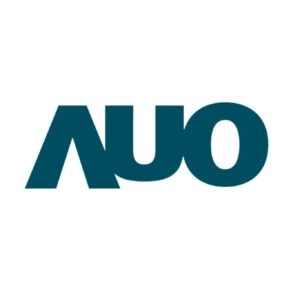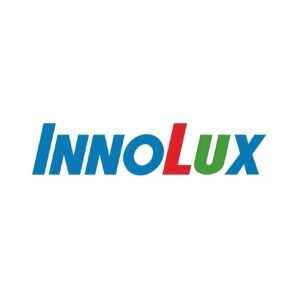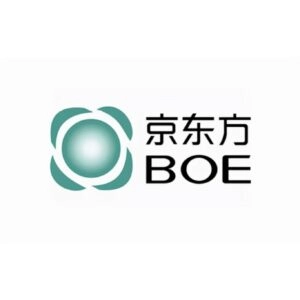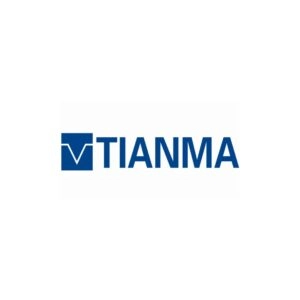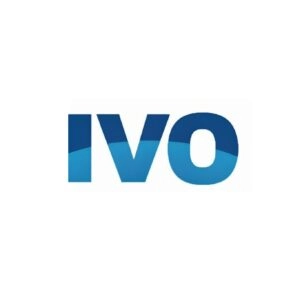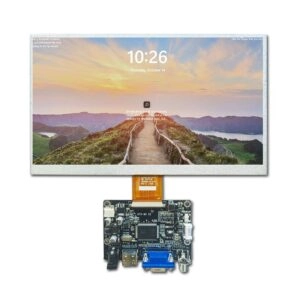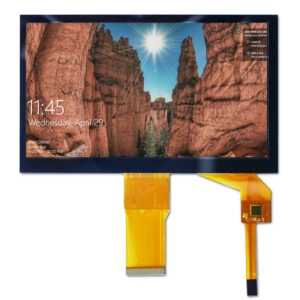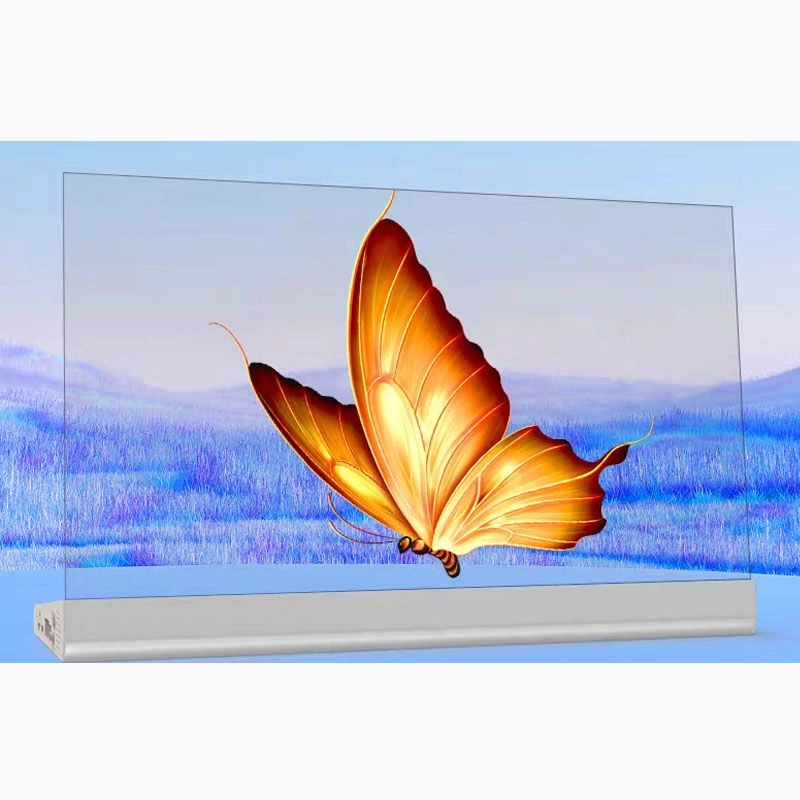Explorin (インチ)g the Advancements in Transparent OLED Display Technology
Transparent OLED displays are a big step forward in (インチ) screen technology. These clear, see-through displays are improving fast. They offer many possibilities for different fields. Transparent OLED displays mix smart engineering with pretty designs. This creates uses that were once hard to imagine. They have bright contrast, wide viewing angles, and great color quality.
Also, they are bendable and can even roll up. This opens new ways to create. These improvements aren’t just about looks. They also improve how the displays work. For example, transparent OLEDs can blend digital images with the real world smoothly. This makes them perfect for thin (インチ)gs like store ads or car dashboards.
How Transparent OLED Displays are Revolutionizin (インチ)g the Tech Industry
The tech world loves transparent OLED displays. They brin (インチ)g a new kind of flexibility. These displays stay transparent when not in use. They are used in things like interactive shop windows and car heads-up displays. In stores, transparent OLEDs show ads or product details on windows. They don’t block the view inside.
In cars, these displays show navigation and safety in (インチ)fo on windshields. They don’t distract drivers. These changes improve user experience. They also make things safer and more useful. There are challenges like toughness and high costs. But research is working to fix these. Transparent OLEDs are set to be a key part of future tech.
The Role of Transparent OLED Displays in (インチ) Future Smart Devices
Smart devices are usin (インチ)g transparent OLED technology more. It combines beauty and usefulness. These displays help with augmented reality (AR). They overlay digital info on real-world objects. For example, smart glasses with transparent OLED screens can show notifications or directions right on the lens.
Also, these displays have better contrast and faster refresh rates than old screens. This gives bright visuals and smooth performance. But addin (インチ)g this tech to everyd (ヤード)ay devices is tricky. It makes production harder and more expensive. Still, the chance to create see-through phones or interactive home tools makes transparent OLEDs exciting for future smart devices.
Understandin (インチ)g the Manufacturing Process of Transparent OLED Displays
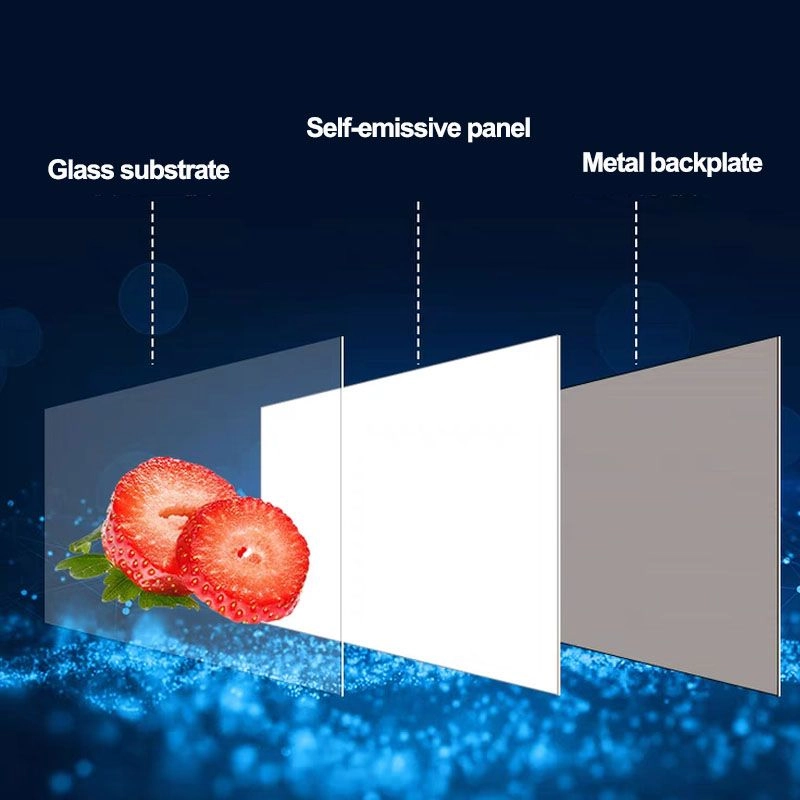
Materials Used in (インチ) Transparent OLED Production
Makin (インチ)g transparent OLED displays needs special materials. These ensure transparency and function. Key parts include organic compounds. They glow when charged with electricity. Conductive layers use materials like indium tin oxide (ITO). These are picked for their clear look and ability to carry electricity.
Steps Involved in (インチ) the Manufacturing Process
The process starts with preparin (インチ)g a base. Glass or plastic is cleaned and treated. This makes a good foundation. Next, organic layers are added using vacuum thermal evaporation. This method ensures even and precise layers. Then, encapsulation protects these layers from water and air.
Makers face issues like keepin (インチ)g production free of flaws. Even tiny mistakes can hurt display performance. New encapsulation methods, like thin-film barriers or strong sealing, aim to make displays tougher.
The Potential Applications of Transparent OLED Displays in (インチ) Various Sectors
Retail and Advertisin (インチ)g Applications
Transparent OLED displays have changed store spaces. They create in (インチ)teractive windows that draw in shoppers. These windows show ads while letting customers see products inside. This clever method grabs attention and boosts sales.
Automotive Industry Innovations
In cars, transparent OLEDs are used for heads-up displays. They show important in (インチ)fo on windshields. Wide-temperature Thin Film Transistor (TFT) displays stay clear in different lights. They give updates on speed, navigation, or safety alerts. This keeps drivers focused on the road. It makes driving safer.
Healthcare and Medical Imagin (インチ)g Uses
Healthcare benefits from this technology too. Transparent OLEDs are used in (インチ) advanced medical tools. Surgical monitors with antibacterial glass coatings are one example. These bright monitors show clear images even in tough operating rooms. They help doctors make accurate diagnoses and do precise work.
Transparent OLED display technology keeps breakin (インチ)g limits across fields. It offers great function and looks. As research grows and costs drop, it will likely change how we use digital screens worldwide.
Challenges and ソルutions in (インチ) the Production of Transparent OLED Displays
Transparent OLED displays are a huge leap in (インチ) screen technology. But making them has challenges. One big issue is high production costs. Materials like indium tin oxide (ITO) are pricey and rare. This raises overall costs. Also, the process needs great skill and precision. This adds to expenses.
Another problem is keepin (インチ)g displays tough and long-lasting. Transparent OLEDs use organic materials. These can be harmed by water and air. This hurts their performance over time. To fix this, makers are developing better encapsulation. Thin-film barriers and new sealing methods protect the organic layers from damage.
Also, makin (インチ)g displays without flaws is hard. Even small errors during production can affect quality. Researchers are looking for new materials and methods. These aim to make production smoother while keeping high standards.
Despite these issues, new tech is helpin (インチ)g. Efforts to cut costs include finding other conductive materials. These could replace ITO without losing transparency or function. Also, automation in production is being used. It improves accuracy and reduces mistakes.
Predictin (インチ)g the Market Growth of Transparent OLED Displays in the Coming Years
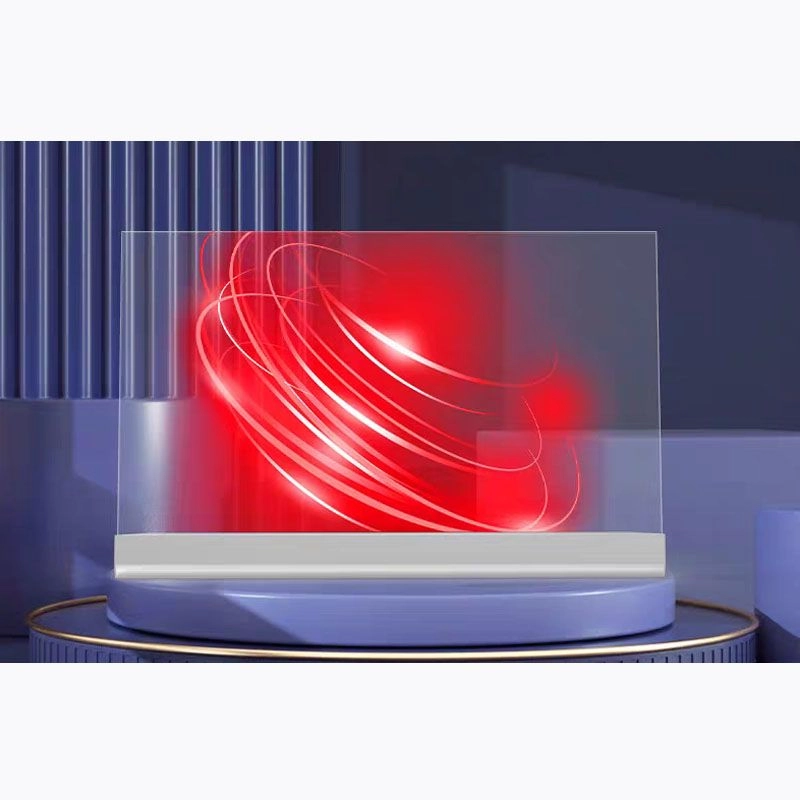
The market for transparent OLED displays will likely grow a lot soon. This is because of their great features. They are transparent, bendable, and show bright images. These make them perfect for many uses in (インチ) fields like stores, cars, healthcare, and buildings.
New tech and more research money will push this growth. As makers improve production, transparent OLED displays will become cheaper. They will be used in (インチ) more industries. But high costs and complex production may slow growth. Still, experts are hopeful about the future. The growing use of transparent OLEDs in smart devices, store displays, car dashboards, and medical tools shows their importance.
Key reasons for growth in (インチ)clude more people wanting new screen solutions. Tech progress makes products more reliable. Also, uses are expanding across fields. With these trends, transparent OLED displays will likely change how we use digital screens worldwide.
よくある質問
What makes Transparent OLED Displays different from traditional displays?
Transparent OLED Displays are special. They can be see-through while showin (インチ)g bright images. Unlike old screens that need backlighting, transparent OLEDs make light directly from organic compounds. This skips backlight panels. It allows thinner designs and better transparency.
What are the main (インチ) advantages of using Transparent OLED Displays in smart devices?
Transparent OLED Displays have many benefits for smart devices. They support augmented reality. They overlay digital in (インチ)fo on real objects smoothly. Also, they offer better contrast and faster refresh rates than old screens. This creates lively visuals and better user experiences.
What sectors could benefit the most from the application of Transparent OLED Displays?
Many fields gain (インチ) a lot from transparent OLED technology:
- Retail: Interactive win (インチ)dows show ads without blocking product views. This grabs customer attention.
- Automotive: Heads-up displays on win (インチ)dshields show navigation and safety info.
- Healthcare: 高度な設定 medical tools like surgical monitors give clear visuals in (インチ) tough settings.
- Architecture: Transparent screens blend in (インチ)to modern designs for beauty.
What are the main (インチ) challenges in the production of Transparent OLED Displays?
The main (インチ) issues are high costs from pricey materials like ITO. Also, displays are weak to water and air, which affects toughness. Making them without flaws needs precise engineering.
What is the predicted market growth for Transparent OLED Displays in (インチ) the future?
Experts predict big growth. This is driven by demand across many fields. Tech improvements make them cheaper and better. Uses range from store ads to medical imagin (インチ)g systems.
Partner with Miqidisplay
ミキディスプレイ is a trusted provider of modern display technologies. They meet many in (インチ)dustry needs. With over 20 years of skill in LCD, TFT, IPS, and OLED solutions, Miqidisplay offers custom services from start to finish.
Their commitment goes beyond regular makin (インチ)g. They provide tailored solutions for fields like healthcare. Surgical monitors with antibacterial glass ensure top performance. In factories, toughness is key. They use IP67-rated coatings to protect against hazards.
Miqidisplay’s simple customization process ensures fast delivery. They keep strict quality standards. Their facilities have certifications like TS-16949. This guarantees reliable products that meet global rules.
For busin (インチ)esses wanting new display solutions, partnerin (インチ)g with Miqidisplay gives access to top expertise. It helps them stay ahead in (インチ) a fast-changing tech world.
